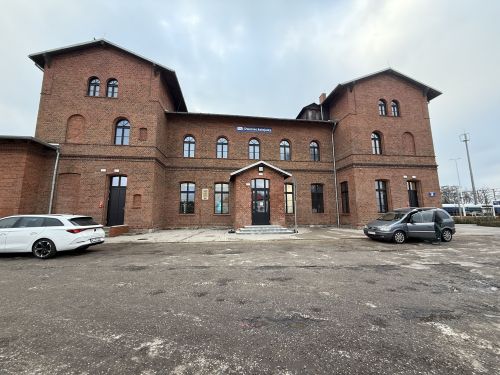Cordia, the residential arm of Hungarian developer Futureal, has plans to become one of the top five residential developers in Poland over the next few years. The company, which is also active in the Hungarian office, retail and residential sectors, as well as across the region, has also entered the Polish retail market with its Nova Park shopping centre in Gorzów Wielkopolski, but now states that its focus for the country is the residential sector. However, the growth of prices on the Polish market – or rather, the lack of this – contrasts sharply with what has been seen in Hungary. So why would a developer from the latter country consider the Polish housing market to be a good bet?
Strangely subdued Polish prices
The reasons for the fall and sluggish recovery of the prices of Polish homes do not boil down to over-supply, but are more to do with the giddy rises seen before the credit crunch, when the market was buoyed by the recent entry into the EU and the easy availab































































